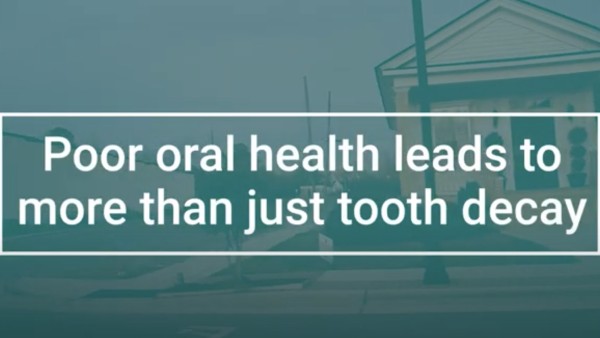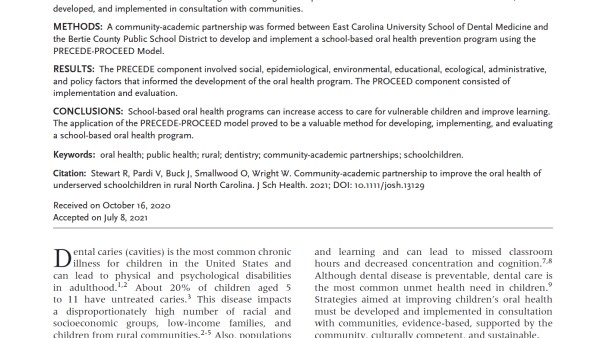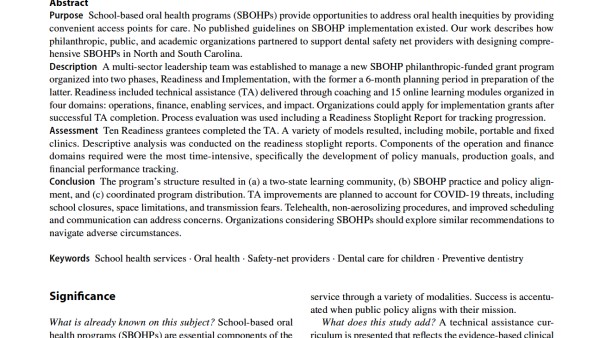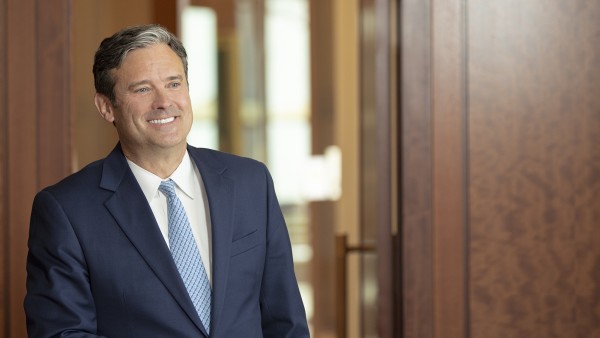Search results
Oral Health in America
This report highlights the most promising new approaches for improving oral health and for ensuring that all Americans enjoy its benefits. Finally,
Advancing Oral Health in North Carolina
We are taking steps forward to improve the oral health of North Carolinians, and change doesn’t happen without diverse stakeholder engagement. Meet some of the tireless advocates who have contributed decades of their leadership to help get us where we are today.
Advancing Oral Health in North Carolina
We are taking steps forward to improve the oral health of North Carolinians, and change doesn’t happen without diverse stakeholder engagement. Meet some of the tireless advocates who have contributed decades of their leadership to help get us where we are today.
Teledentistry and Dental Hygienist Legislation Ratified by the North Carolina General Assembly
The new legislation formalizies teledentistry and allows dental hygienists to administer local anesthesia has been ratified by the North Carolina General Assembly.
Community-Academic Partnership to Improve the Oral Health of Underserved Schoolchildren in Rural North Carolina
Dental care is is the most common chronic illness for children. Caries can reduce the quality of life, cause missed classroom hours, and decrease cognition. Strategies to improve children’s oral health must be evidence-based, developed, and implemented in consultation with communities.
A Technical Assistance Curriculum for Expanding Sustainable School-Based Oral Health Programs in the Carolinas’ Dental Safety Net
School-based oral health programs (SBOHPs) provide opportunities to address oral health inequities by providing convenient access points for care. No published guidelines on SBOHP implementation existed. Our work describes how philanthropic, public, and academic organizations partnered to support dental safety net providers with designing comprehensive SBOHPs in North and South Carolina.
A Word from Our President: Renewed Strategies for the Journey Ahead
Rhett Mabry shares reflections and insights coming out of the organization-wide effort to renew grantmaking strategies and create measurable impact on the lives and communities of the Carolinas.
Using a Collective Impact Model in Communities to Improve the Physical Environment
The physical environment—the places where individuals live, work, and play—can cause or prevent serious health conditions including chronic diseases and obesity. In North Carolina, the Collective Impact Model serves as the foundation on which multisector community coalitions can address environmental and policy barriers for improved health.






